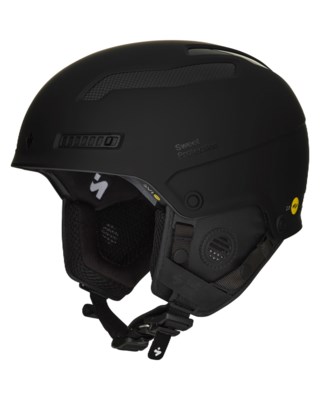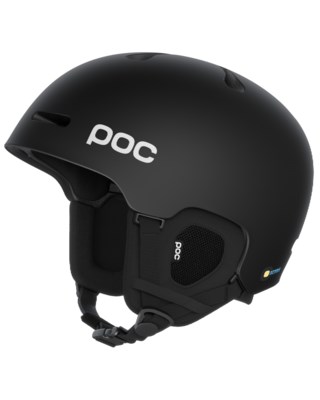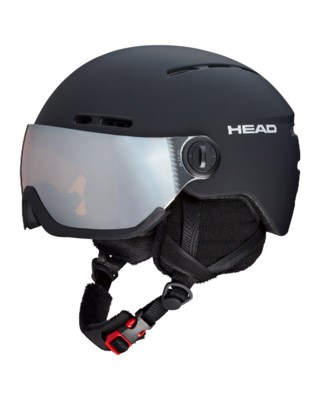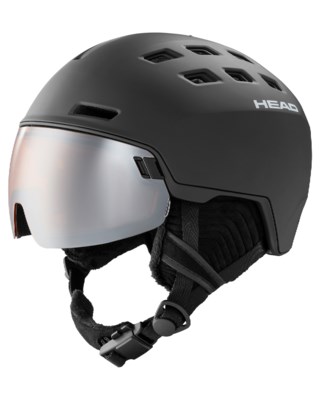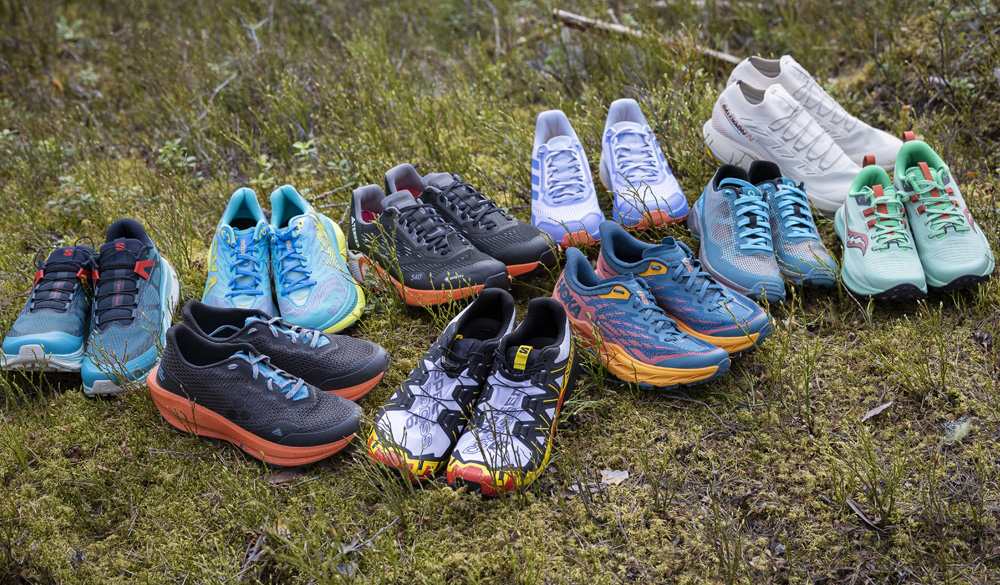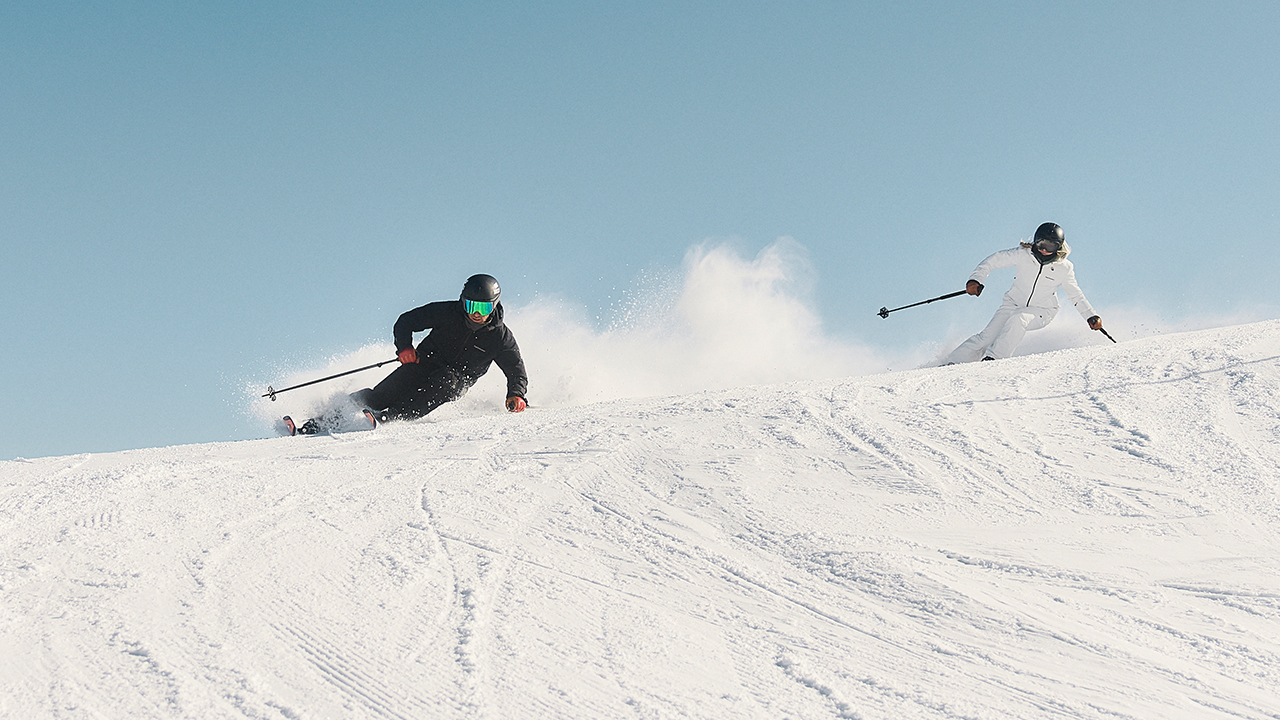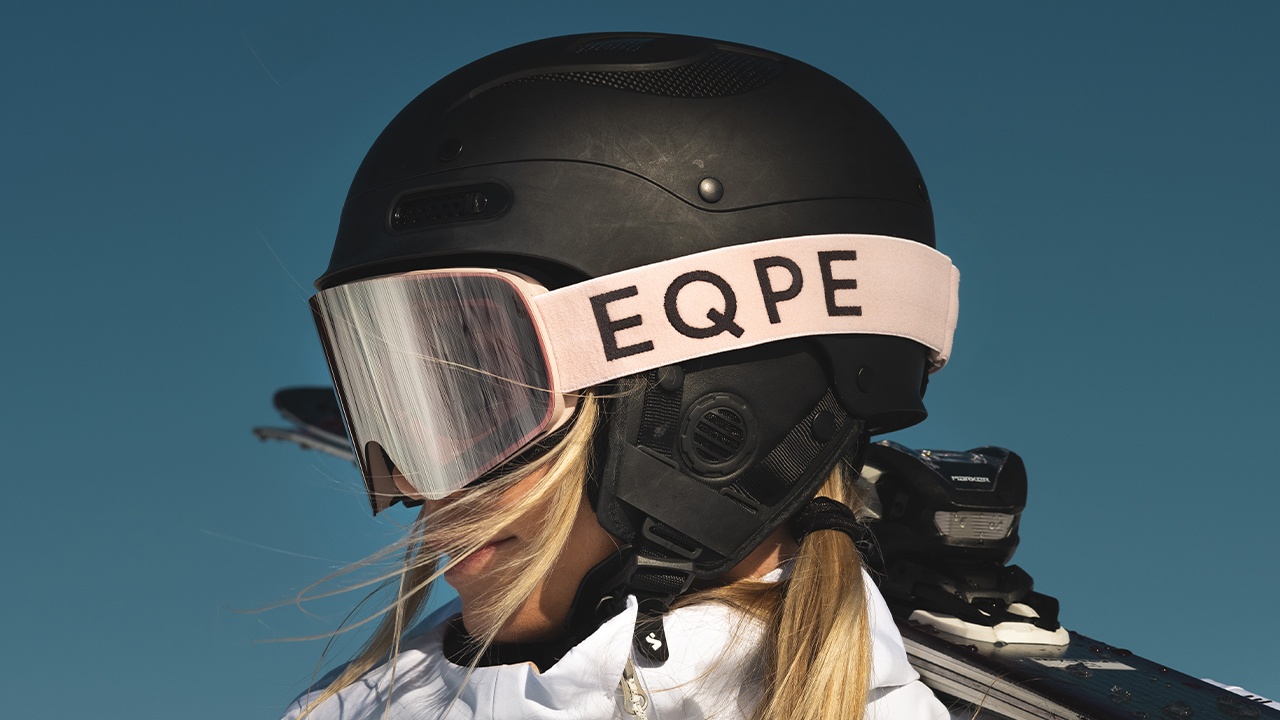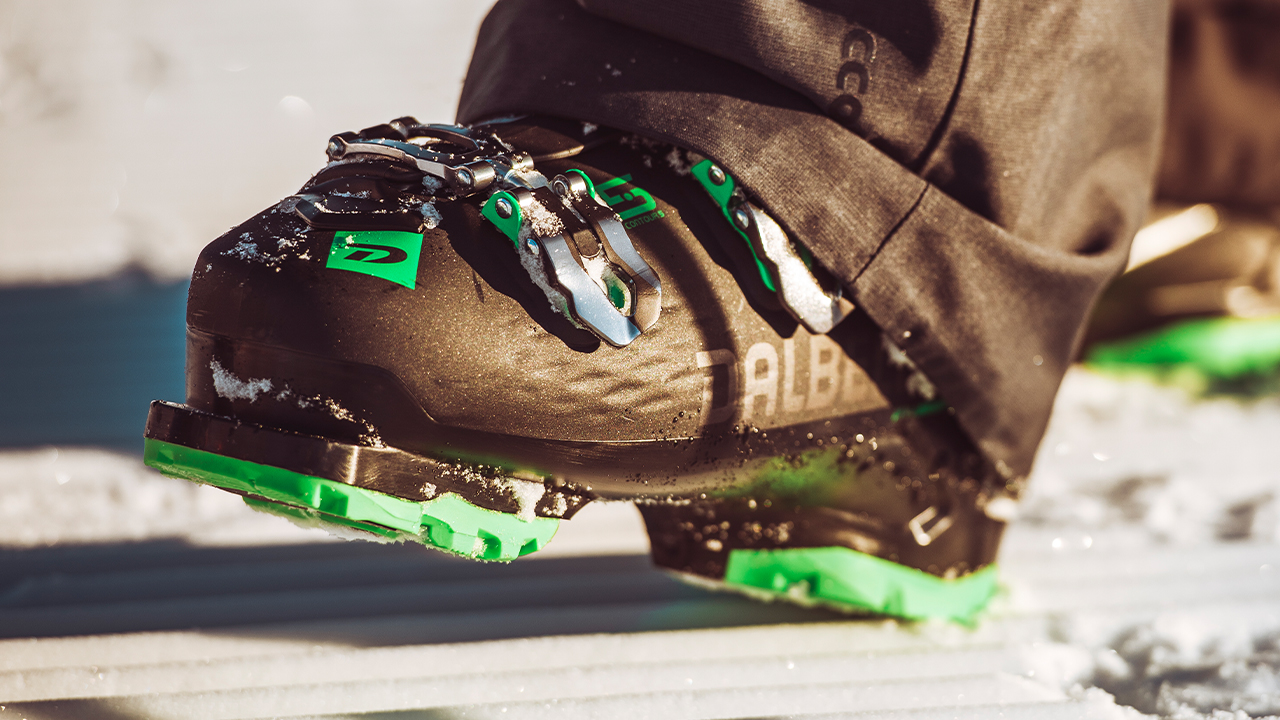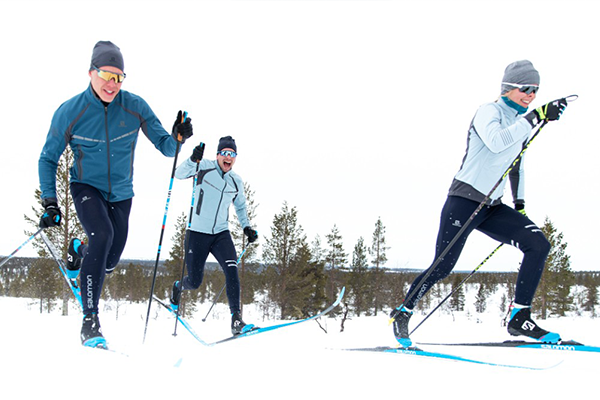No matter how good or careful you are, you must always wear a helmet on the slopes. There's no excuse. No doubt you’re good and ski according to your ability, but there may be someone behind you who’s not up to your standard. Accidents rarely come alone.
Wearing a helmet when skiing the Alpine slopes is a given. It’s just like safety belts in a car: it's quite simply one of the cheapest life insurance policies available.
But it can be hard to know all the different types of helmets and their features. Let’s start by looking at some common questions and concepts.
What is MIPS?
MIPS is a popular technology that handles rotations during hard bumps or falls at high speed. The system is based on an outer shell that reduces energy growth from rapid rotations combined with hard shocks and bumps to the head. This extra layer provides friction and allows the helmet to rotate along with the energy generated from movement. The risk of serious injury is significantly reduced. It’s used by expert sports people worldwide. From skiers to motorcross drivers, for climbing, riding and even on construction sites.
Helmets with MIPS
In-Mold
In-Mold is a similar technology to MIPS. It features a polycarbonate shell bound to an EPS core. EPS is an injected frigolite that makes the shell soft and elastic, but along with the polycarbonate, the helmet conforms to the head during hard impact. It works like an airbag: the EPS foam collapses, cracks and fills the helmet, giving the head a recoil from the impact, allowing the energy to disperse to prevent injury and trauma. This in turn means that an EPS helmet has a slightly shorter life and should be replaced more often than a helmet with MIPS, to ensure the condition of the foam.
See all helmets with EPS here >>
Helmets with built-in visor
Like motorcycle helmets, there are Alpine helmets with built-in visors that you can easily pull down or up when needed. Although not common in Sweden, we are seeing more and more abroad. And the technology brings with it lots of benefits. You don't have to buy new, expensive goggles that will fit your helmet. If you have glasses, such helmets are usually compatible, and you can easily wear your regular glasses for a day on the slopes. Something you can’t do with many goggles. If you don't have goggles with OTG: Over-The-Glass.
Populärt just nu
B.O.A
Many helmets have a built-in system in the lining with a small wheel. Shoes, fishing equipment and training gear have a similar device. This system - or B.O.A system as it’s called - involves personal and quick configuration of the fit. Through three integrated parts: A micro-adjustable wheel panel combined with lightweight cords and low friction tip guides means that the helmet lining will completely adapt to your head shape. The B.O.A system means you can easily ensure a much better fit combined with increased safety in case of an accident.
Last but not least - buy a helmet that fits well!
So, even if it feels tempting to buy a helmet for your children to "grow" into, you’re doing them no favours. A good fit is all-important for comfort and, above all, minimising risk. And remember: We are all ambassadors on the slopes. Children see and copy what we do. So do your children and yourself a favour, by wearing a helmet. Everything’s much more fun then! Enjoy some great skiing!
